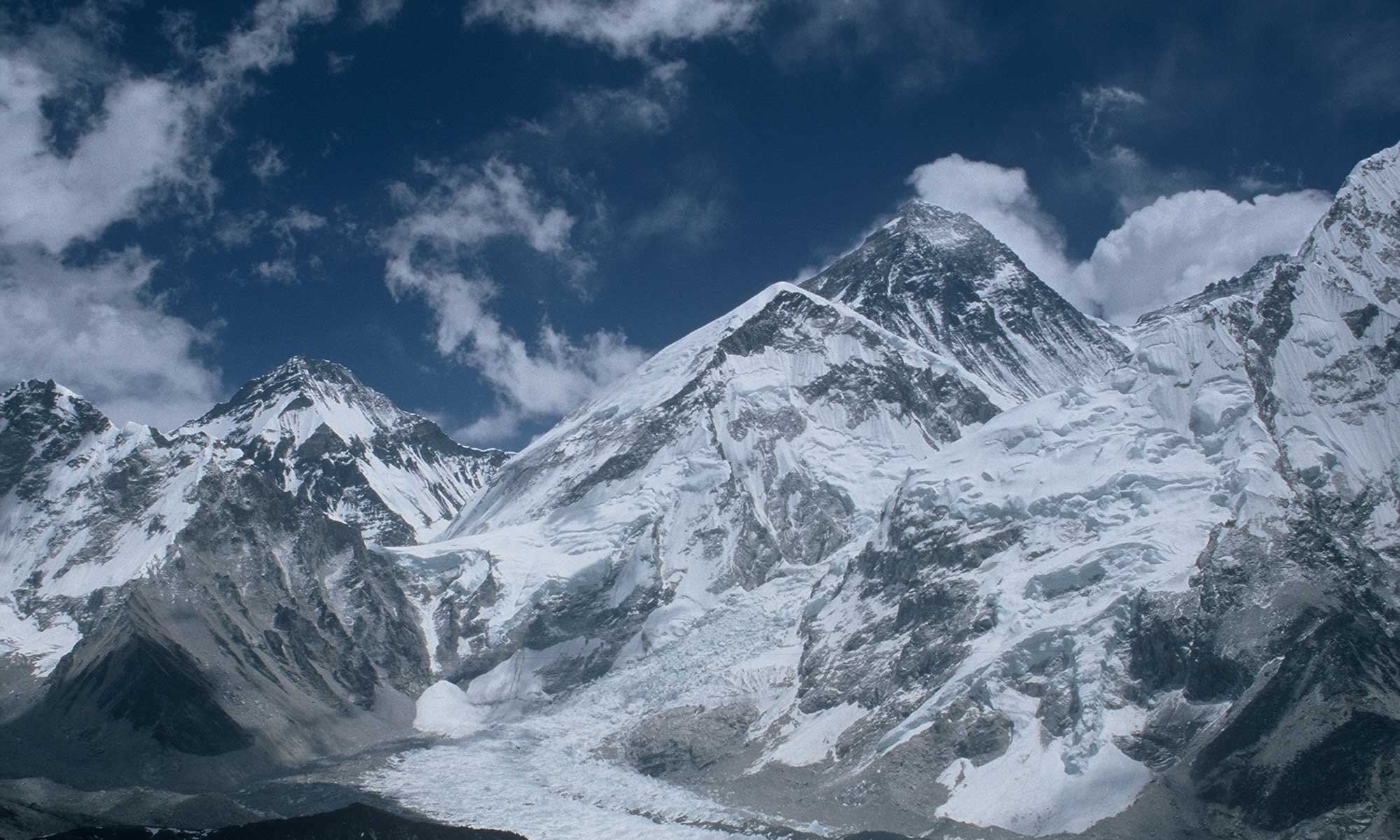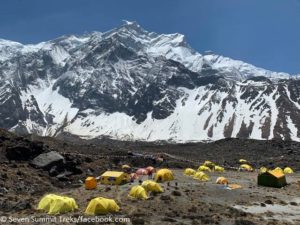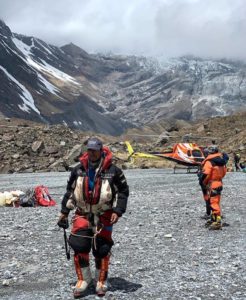Mountains are rarely only black and white, neither is reality. Even if we would prefer to see them all black or white, they remain grey in many places – depending on which glasses we look through, more black or white. For days there has been a lot of discussion in the mountaineering scene about the rescue of the Malaysian climber Wui Kin Chin from high altitude on the eight-thousander Annapurna. The 49-year-old is now being treated in a hospital in Singapore. Even though he seems to be doing better, his condition yesterday was still described as serious. According to the doctors, the frostbite he has suffered on his hands and feet during more than 40 hours at 7,500 meters is massive. The fact that Chin survived is almost a small miracle.
Could Chin have been rescued earlier?
The debate was fuelled mainly by the accusation of Nirmal Purja, one of the four rescuers who had been dropped by a helicopter at 6,500 meters on Thursday, then climbed up to Chin, gave him first aid and transported him so far down that he could have been flown out. Nirmal accused the rescue company “Global Rescue” of having wasted valuable time. After learning of Chin’s emergency situation, he and several Sherpas held out in camp 4 at 7,100 meters, the Nepalese wrote on Facebook: “We were waiting for oxygen to get dropped off at us by helicopter so we could go start searching for him on the mountain. (This is all what his insurance company had to do , just drop six bottles of oxygen at Camp 4 where I was on standby with my rescue team.) I was told that the rescue company denied the emergency help and I couldn’t hold my team any longer at the extreme altitude risking their life.”
According to the expedition operator “Seven Summit Treks” (SST), six Nepalese and the Canadian climber Don Bowie were in the highest camp at the beginning, but finally descended to base camp due to the unclear situation. SST accuses Global Rescue of having delayed the climbers on site for one day, only to decide in the end not to support the action.
Irresponsible risk, double bills?
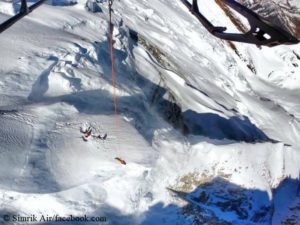
Global Rescue vehemently denies the accusations. The company said, they were informed about the emergency situation of their member Chin on the evening of the summit day. “Although Global Rescue is not a search company (our membership services provide rescue from known locations only), we contacted our Nepal ground team and our vetted helicopter providers to determine if a search was possible the following morning as it was late in the day (no rotary wing aircraft fly at night in the Himalaya),” Global Rescue said. “All of our contracted helicopter providers, which include some of the most experienced high altitude / rescue pilots in Nepal, said they were unable to perform the mission for safety reasons because the altitude was above the limits of their aircraft. With that information, Global Rescue attempted to contact Mr. Chin’s next of kin to discuss a ground search mission which could take several days to complete.” The morning of the next day, Chin’s wife had paid a helicopter provider who was willing to fly above the aircraft’s limit to search for her husband. According to Global Rescue, this action “risked not only the life of the pilot but those on the ground”.
After the helicopter pilots had discovered Chin, Global Rescue agreed to pay for the costs of the rescue helicopter. In the course of the day, however, there was “troubling information”, according to the globally operating company. Not only Global Rescue, but also Chin’s wife had been billed for the rescue, the company said, adding that SST had repeatedly demanded between 50,000 and 100,000 US dollars for participation in the action, which Global Rescue had rejected.
Dawa Sherpa, who coordinated the rescue operation in the base camp for SST, rejects this in turn: “We all did our job [un]selflessly, All team members put their 100% to make things like miracles.”
Who is responsible for bottled oxygen?
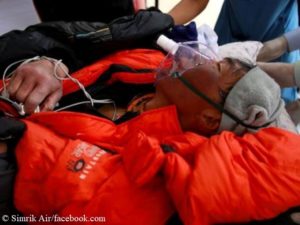
The positions are also diametrically opposed in the question of oxygen bottles. Global Rescue makes it the expedition operator’s duty to ensure sufficient oxygen on the mountain: “It is not within our capability to resupply expeditions (hundreds of expeditions companies are operating in the Himalaya) that haven’t been properly supplied when they run out of oxygen or other essentials.“ SST countered that they had enough oxygen bottles with them for all expedition members to reach the summit and safely descend to Camp 4. The requested additional oxygen was intended exclusively for Chin and the rescuers who were to meet him, SST said.
Nima Tshering Sherpa, Chin’s personal companion, had, in his own words, given the Malaysian his bottle of oxygen and waited with him for hours. Only when the oxygen ran out and he himself had heart pains and breathing difficulties, did he descend. Nima Tshering also suffered from frostbite and fall injuries. Chin and he were the last to reach the summit at 5 pm, says the Sherpa. So the other 30 climbers were already descending. Nima Tshering also believes that Chin could have got off more lightly if the rescue had started faster.
Who is to blame?
Is there really one culprit for the dramatic escalation of the situation – black and white? My impression (that’s all I can give because I wasn’t on the mountain!) is that some things came together in this case.
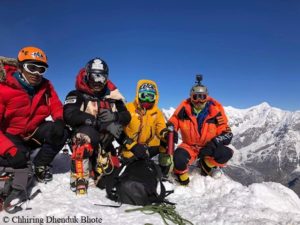
On the one hand, it was obviously not a homogeneous “protected” group that entrusted themselves to a single mountain guide. Otherwise there should have been a fixed reversal time. Rather, the 32 climbers divided into several small and very small groups, which simply had come together under a single permit. Although they shared the expedition’s infrastructure, i.e. high camps and fixed ropes, they were otherwise largely on their own and searched their way down as quickly as possible independently of each other after the summit success. The mountaineers were probably also aware that the bottled oxygen on the mountain would be sufficient for ascent and descent, but possibly not for a time-consuming rescue operation. This was one of the reasons why the rapid descent was an absolute must.
More oxygen on the mountain also requires more staff and thus higher costs. Every expedition member should be clear about this and also find out about it in advance. Every climber must decide for himself how much he is willing to pay for his safety – even if it can’t be guaranteed on such a dangerous mountain as Annapurna – and how and with whom he plans his project.
The decision to turn around better than to reach the summit under any circumstances is not only the responsibility of the operator, the expedition leader, the guide or even the personal Sherpa, but also the climber’s responsibility. He is the one who should actually be able to judge best whether his strength is sufficient to reach the highest point and to be able to descend safely.
Maybe the rescue operation for Chin could have started faster, perhaps even should have. That is why it is important to review the process: Have mistakes been made, if so, by whom and which? Are they perhaps also due to the system – which is suggested by the 2018 disclosed scandal about insurance fraud regarding rescue flights in Nepal? Is the control of the expedition operators, the helicopter providers and the rescue companies sufficient? Do they all pull together in an emergency?
Update 2 May: According to media reports from Malaysia, Wun Kin Chin has died in the hospital in Singapore.
